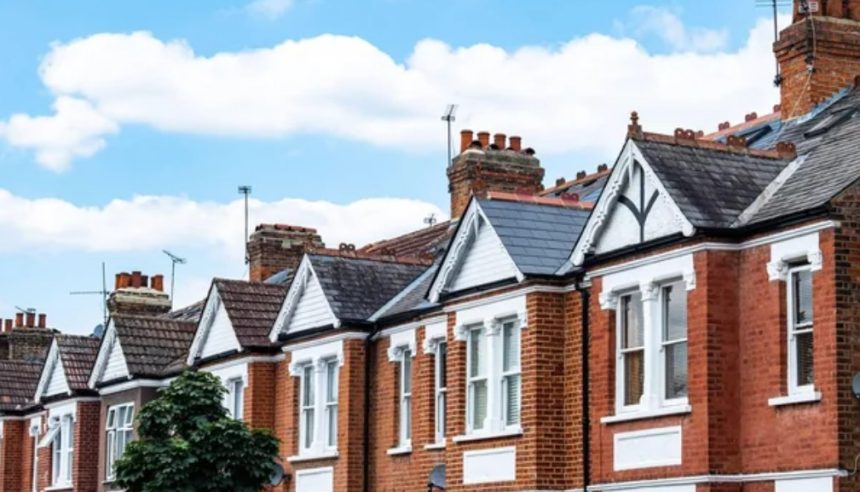UK house prices climb as market steadies following June slump
UK house prices have bounced back in July, showing signs of resilience after June’s sharp drop, which followed the end of temporary stamp duty relief.
According to the latest figures from Nationwide, average house prices edged up by 0.6% last month, reaching £272,664. That’s a welcome shift after June’s slump, the steepest monthly decline in over two years.
Annual growth has also nudged upwards. The year-on-year increase now stands at 2.4%, up from 2.1% in June. Mortgage approvals held steady too, with 64,200 granted in the month.
Nationwide’s chief economist, Robert Gardner, pointed to improved affordability as a supporting factor for the market.
“The price of a typical UK home is about 5.75 times average income, the lowest this ratio has been for over a decade,” he said.
“This is helping to ease deposit constraints for potential buyers, as has an improvement in the availability of higher loan-to-value mortgages.”
Still, while some pressure has eased, borrowing costs remain a hurdle. Mortgage rates are significantly higher than they were in 2021. Buyers with a 25% deposit are now facing fixed five-year deals with rates more than triple what they were just a few years ago.
Interestingly, UK house prices rose earlier this year despite changes to the stamp duty policy, showing that underlying market demand remains relatively firm. That earlier rebound seems to have laid the groundwork for this latest recovery.
Estate agents, though, remain cautiously upbeat. Jeremy Leaf, a well-known London property expert, said the market is showing strength beneath the surface.
“On the ground, transactions are holding together relatively well,” he said. “As a result, looking forward, we expect to see a modest improvement all round, particularly if interest rates are reduced in the next month or so as widely expected, despite lingering concerns about the economy.”
One key factor that had recently dented demand, the end of the stamp duty holiday in England and Northern Ireland, seems to be fading in relevance. Attention now shifts to the Bank of England. The central bank’s next move on interest rates could set the tone for the rest of the year.
A rate cut is on the table. The Bank’s Monetary Policy Committee is set to meet on 7 August. Markets are pricing in a drop from 4.25% to 4%, with another potential cut by year-end.
But fresh inflation data has complicated things. June’s rate came in at 3.6%, well above the Bank’s 2% target. That’s sparked debate about whether a cut should happen now or later.
“All eyes will be on the Bank of England next week and what it decides to do with interest rates,” said Karen Noye, mortgage expert at Quilter.
“It was thought that a rate cut was fairly certain, but recent inflation data coming in higher than expected may just temper things slightly and force buyers to wait.
Should the Bank of England follow through with a rate cut, however, that will help support the buyers.”
For now, the mood in the market is one of cautious optimism. Prices are rising, albeit slowly. Demand remains stable. And while interest rates are still high, there’s growing hope that relief is on the horizon.






